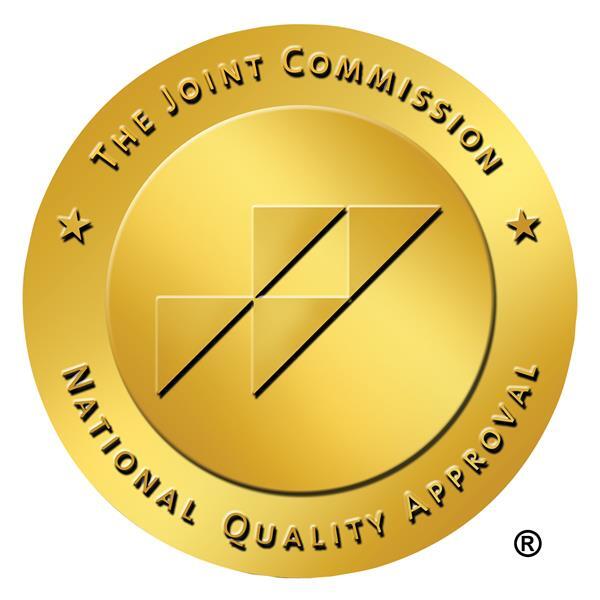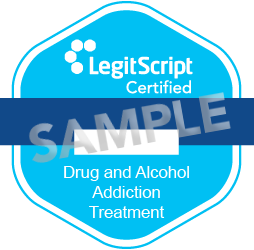Implementing Harm Reduction Techniques in Outpatient Services
Our Approach to Wellness
At Mind Body Optimization (MBO), we believe true healing encompasses the whole person, not just the symptoms. Our approach considers all aspects of your life: mind, body, and spirit. This creates a unique and integrative path to well-being.
This comprehensive philosophy aligns perfectly with the principles of harm reduction. By addressing the circumstances that contribute to an individual’s symptoms and other trauma, we empower individuals to make informed choices.
This approach can reduce the risk of self-harm and other harmful behaviors.

Understanding Harm Reduction Techniques
Harm Reduction Techniques for Every Individual
- Providing clean needles to prevent the spread of disease while acknowledging the reality of individuals with substance use disorder.
- Offering medication-assisted treatment alongside therapy to support people with addiction.
- Using safe consumption spaces that offer supervised environments with medical staff present.
- Easily providing overdose reversal medication, like Narcan.
- Offering testing and healthcare services for communicable diseases, like HIV and hepatitis.
- Brainstorming ways for individuals to find other ways of emotional release instead of turning to substances, self-harm, or other avenues
- Providing access to housing and healthcare services
The Importance of Harm Reduction Techniques
- Empowerment: Harm reduction doesn’t shame or judge. It gives people the knowledge and resources to make informed choices about their well-being.
- Safer choices: This can include using sterile needles to prevent disease or having a sober friend around while drinking. Harm reduction techniques offer practical ways to reduce risk while providing support.
- Open communication: Harm reduction creates a space for honest conversations about sensitive topics. This can make it easier for individuals to get help if needed.
- Building trust: Harm reduction offers non-judgmental support. This approach builds trust, making people more likely to seek help when ready.
The MBO Approach: Empowering Choices for a Brighter Future
Non-Judgmental Approach
Client-Centered Care
Incremental Change
Safety Matters
An Empowering Journey
Recovery Plans Built Specifically for You
Our experienced team works with you to create a personalized roadmap to wellness. This can include individual therapy, group support, or mindfulness practices.
Key Components of Harm Reduction Techniques During Treatment
Psychoeducation
Safety Planning
A team of professionals works with each client to develop personalized safety plans.
These plans may include:
- Identifying triggers for risky behavior
- Establishing support networks
- Outlining strategies for managing difficult situations
- Providing avenues for processing potentially harmful emotions
Needle Exchange Programs
Drug Checking
Encouraging Safer Substance Use Practices
Facilitating Access to Healthcare and Social Services
- Mental health treatment
- Healthcare services
- Social support resources
- Group or support networks
Addressing the Root Causes of Risky Behavior
Mind-Body Connection
We offer mindfulness practices such as meditation and mindfulness practices. These methods can help individuals develop self-awareness, manage stress, and build resilience.
Building Community
Therapeutic Approaches Offered at MBO
At MBO, we adopt an integrative approach to therapy, blending evidence-based methods like cognitive-behavioral therapy and dialectical behavior therapy with holistic therapies such as meditation, experiential therapies, and mindfulness practices.
This combination addresses mental health concerns while promoting overall well-being. By integrating these approaches, we provide comprehensive and personalized care to support our clients’ journey toward healing and growth.
Cognitive-Behavioral Therapy (CBT)
- Behavioral activation
- Exposure therapy
- Cognitive restructuring
Mindfulness Meditation
Experiential Therapy
Experiential therapy emphasizes learning and growth through direct experience. It uses techniques like role-playing, family sculpting, and creative expression.
Experiential approaches help individuals gain insight into their emotions and behaviors. They also help develop new skills for navigating challenges. This approach can help people who struggle with communication.
Dialectical Behavior Therapy (DBT)
- Distress tolerance
- Mindfulness
- Interpersonal effectiveness
- Emotional regulation
Benefits of Harm Reduction Techniques
- Preventing overdoses
- Reducing the spread of infectious diseases
- Minimizing physical and emotional harm
Improved Health Outcomes
- Better management of chronic health conditions
- Reduced mental health symptoms
- Increased quality of life
Increased Engagement in Treatment and Support Services
Reduced Stigma
Promoting Self-Efficacy

Pave a Path Worth Following
- Reduce potential risks: By providing resources, education, and support, we aim to keep you safe and healthy.
- Promote well-being: We connect you with essential services like healthcare, mental health support, and healthy coping mechanisms to help you thrive.
- Foster trust and empowerment: We meet you where you are with kindness and understanding, encouraging you to take control of your journey.
What We Offer
At MBO, we embrace a holistic therapy approach, integrating diverse methods, including evidence-based techniques alongside holistic practices such as meditation, experiential therapies, and mindfulness.
Start Your Journey Today
Call us at (972) 590-9909 or reach out online to take the first step. We are here to support you every step of the way with the compassionate and sustainable care you deserve.
Resources
- https://harmreduction.org/about-us/principles-of-harm-reduction/
- https://www.samhsa.gov/find-help/harm-reduction
- https://www.mayoclinic.org/tests-procedures/cognitive-behavioral-therapy/about/pac-20384610
- https://www.ncbi.nlm.nih.gov/pmc/articles/PMC2963469/
- https://nida.nih.gov/research-topics/harm-reduction






